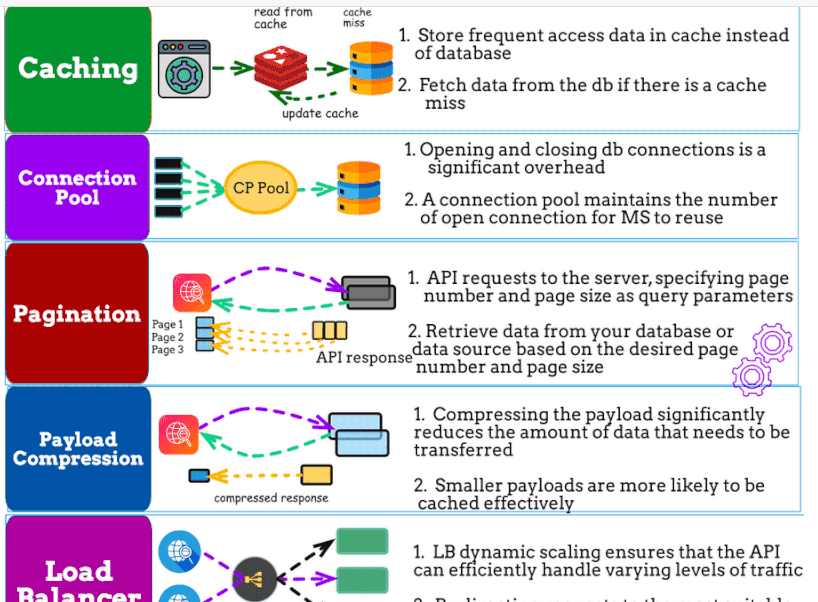Discover the secrets of navigating cache with our guide to mapping techniques in 2024. You won’t want to miss it!
Table of Contents
Hey there, tech-savvy readers! Today, we’re diving into the fascinating world of cache mapping techniques. Understanding how data is stored and accessed in a computer’s cache memory is crucial for optimizing system performance. So, let’s break it down and explore the different mapping techniques that are making waves in 2024.
Let’s start with the basics. Cache mapping techniques are the methods used to determine where data should be placed in a cache memory. This plays a significant role in speeding up data retrieval and improving overall system efficiency. It’s like having a well-organized library where you can quickly find the book you’re looking for without wasting time searching through piles of books.
Direct Mapping
Direct mapping is a simple and efficient cache mapping technique that assigns each block of main memory to a specific cache location. This means that each block of main memory can only be stored in one particular cache location. While direct mapping is easy to implement and requires less hardware, it can lead to a high cache miss rate when multiple blocks map to the same cache location.
Set-Associative Mapping
Set-associative mapping is a compromise between direct mapping and fully associative mapping. In this technique, each cache location can store multiple blocks of main memory, organized into sets. This allows for more flexibility in storing data and reduces the likelihood of cache conflicts compared to direct mapping. Set-associative mapping strikes a balance between performance and complexity.
Fully Associative Mapping
Fully associative mapping is the most flexible cache mapping technique, as it allows any block of main memory to be stored in any cache location. This means that each block can be placed anywhere in the cache, without restrictions. While fully associative mapping reduces the chance of cache conflicts and improves cache hit rates, it requires more complex hardware and can be more expensive to implement.
Comparison of Mapping Techniques
When it comes to choosing the right cache mapping technique, it’s essential to consider the trade-offs between direct, set-associative, and fully associative mapping. Direct mapping is simple but may lead to a higher cache miss rate. Set-associative mapping offers a middle ground between performance and complexity. Fully associative mapping provides the most flexibility but comes with increased hardware requirements.
Practical Applications and Examples
Cache mapping techniques are used in a wide range of software and hardware systems to improve performance. For example, web browsers use cache memory to store recently accessed web pages for faster loading times. Operating systems utilize cache mapping to optimize data retrieval from disk storage. Understanding how cache mapping techniques are applied in real-world scenarios can help you appreciate their significance in modern computing.
Future Trends and Considerations
Looking ahead, we can expect to see advancements in cache mapping techniques as technology continues to evolve. Researchers and developers are exploring new ways to optimize cache memory management and improve overall system performance. As computing demands grow, staying informed about the latest trends in cache mapping technology will be key to staying ahead of the curve.
Conclusion
Cache mapping techniques are the unsung heroes of computer architecture, working behind the scenes to streamline data access and boost system efficiency. Whether you’re a seasoned tech enthusiast or just dipping your toes into the world of cache memory, understanding how mapping techniques shape data storage and retrieval is essential. So, next time you encounter a cache miss or hit, remember the intricate dance of direct, set-associative, and fully associative mapping techniques at play.
